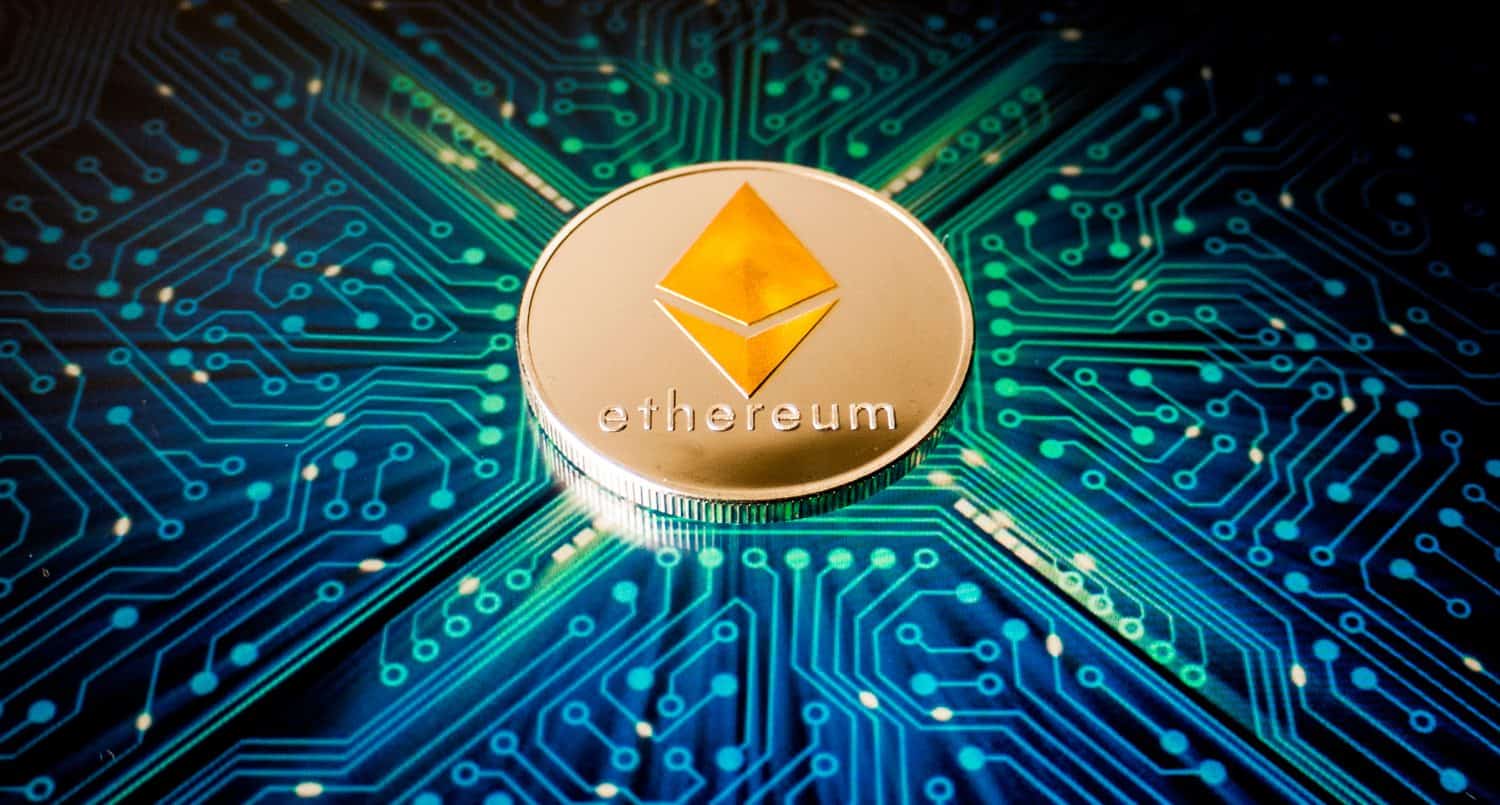
"These scaling solutions made transactions faster and cheaper, but they've also created some headaches for Ethereum's value model. With activity moving off the main chain, fee revenue and token burns slowed down, raising questions about long-term price growth. That said, institutional adoption and upgrades like Fusaka and Pectra could bring momentum back. Whether Layer 2 networks strengthen or dilute Ethereum's value will define its path into 2026."
"Ethereum's had a volatile six months as the network adjusts to the growing role of Layer 2 ecosystems. ETH started May 2025 around $3,600 and climbed through summer to hit $4,953 on August 24. That strength didn't last. Traders took profits as attention shifted to the expanding Layer 2 world. By early November, Ethereum fell to $3,064, losing almost a third of its peak value. As of November 16, ETH was trading around $3,056, roughly 39% below August but still up from last year."
"Layer 2 networks have become central to Ethereum's growth. They boost speed and cut costs while relying on the main chain for security. Platforms like Arbitrum, Optimism, Base, and zkSync reshaped user activity across the ecosystem. Arbitrum leads with roughly 3.4 million daily transactions and nearly $20 billion locked, easing mainnet congestion but limiting fee returns to ETH holders. Optimism processes close to 1 million transactions daily, advancing Ethereum's roadmap through modular design."
Layer 2 networks have increased Ethereum transaction speed and lowered costs while shifting activity off the main chain. Reduced on-chain activity has slowed ETH fee revenue and token burns, pressuring long-term price growth. ETH rallied from about $3,600 in May 2025 to $4,953 on August 24, then declined to roughly $3,056 by November 16 amid profit-taking and Layer 2 migration. Arbitrum, Optimism, Base, and zkSync lead Layer 2 usage; Arbitrum records ~3.4 million daily transactions and nearly $20 billion locked, while Optimism handles close to 1 million daily transactions. Upgrades like Fusaka and Pectra plus institutional adoption could restore momentum into 2026.
Read at 24/7 Wall St.
Unable to calculate read time
Collection
[
|
...
]